May 17, 2025 | 20:41 GMT +7
May 17, 2025 | 20:41 GMT +7
Hotline: 0913.378.918
May 17, 2025 | 20:41 GMT +7
Hotline: 0913.378.918
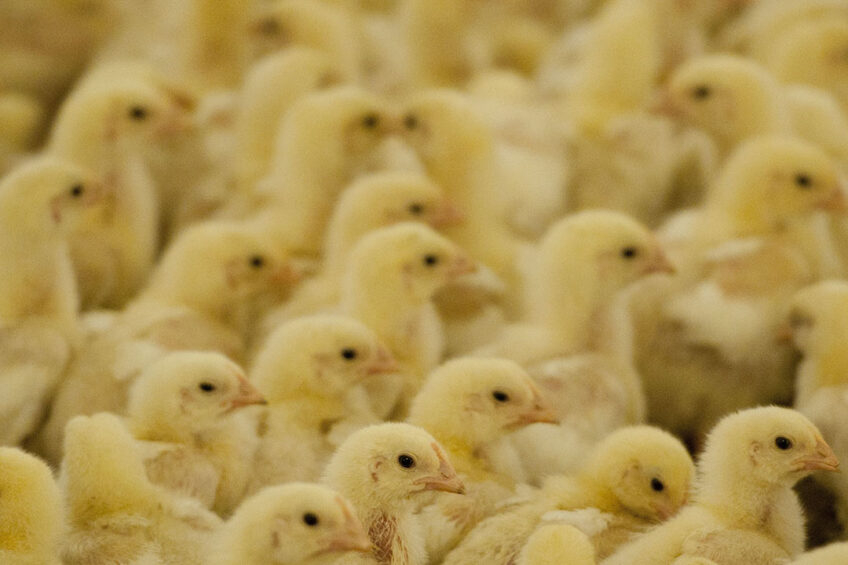
Ukraine is Poland's largest importer of day-old chicks. Photo: Mark Pasveer
Poland confirmed an outbreak of Newcastle disease on 12 July at a poultry farm near Topilec in Podlaskie Voivodship. This is the country’s first case of Newcastle disease in 49 years.
The National Chamber of Poultry and Feed Producers (KIPDiP) said in a statement that the ban caught Poland’s poultry business by surprise. As a result, nearly 0.5 million day-old chicks ordered by Ukrainian farmers were stuck at customs. A real drama is unravelling at the Poland-Ukraine border, as the chicks may soon die in terrible conditions, KIPDiP said, adding that the veterinary officials do everything they can to avoid such a scenario.
In the meantime, Katarzyna Gawrońska, director of KIPDiP, expressed an opinion that the Ukrainian poultry ban is not fully justified. She explained that Newcastle disease was discovered on just 1 farm in Poland, and most imports come from unaffected provinces.
“Basing on [veterinary] procedures agreed by Poland and Ukraine, the ban on the import of live poultry and poultry products should cover only 1 Polish province, while the Ukrainians blocked the [import] from the entire territory of Poland,” Gawrońska said.
KIPDiP estimated that Poland’s hatcheries are likely to suffer from the import ban. Ukraine is Poland’s largest importer of day-old chicks, with supplies reaching “tens of millions of heads per year”.
Import restrictions on day-old chicks could also add problems to the Ukrainian poultry industry, which is battling a hike in production costs. The Ukrainian association of poultry breeders warned about a tangible rise in poultry prices on retail shelves in September.
From 1 July, the government abandoned soft taxation of fuel. As a result, the VAT rate on petroleum products is set to rise from 7% to 20%, the excise tax on gasoline by €213 per 1,000 litres, on diesel fuel by €139.50.
In addition, a sharp rise in electricity tariffs also is expected to take a heavy toll on operations. Electricity accounts for 7-12% of production costs in the poultry industry, and for some products, this figure reaches 30%.
“However, it should be understood that manufacturing poultry products consists of various stages, and at each of them, we will have an increase and, accordingly, the final product cost will grow exponentially,” the poultry association warned.
(PW)

(VAN) Fourth most important food crop in peril as Latin America and Caribbean suffer from slow-onset climate disaster.

(VAN) Shifting market dynamics and the noise around new legislation has propelled Trouw Nutrition’s research around early life nutrition in poultry. Today, it continues to be a key area of research.

(VAN) India is concerned about its food security and the livelihoods of its farmers if more US food imports are allowed.
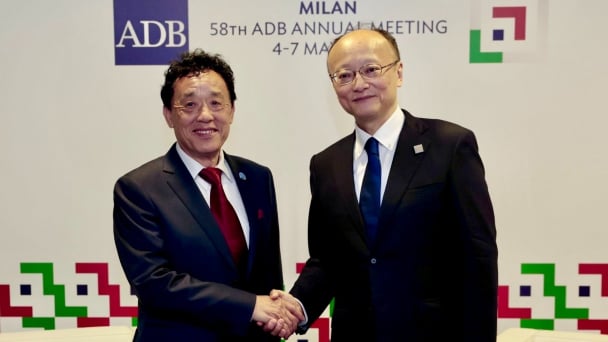
(VAN) FAO's Director-General emphasises the need to work together to transform agrifood systems.
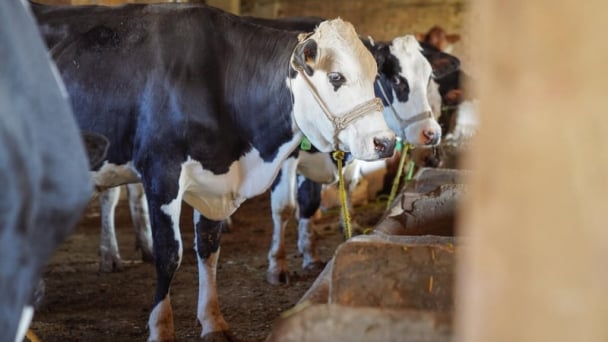
(VAN) Europe is facing its worst outbreak of foot-and-mouth since the start of the century.
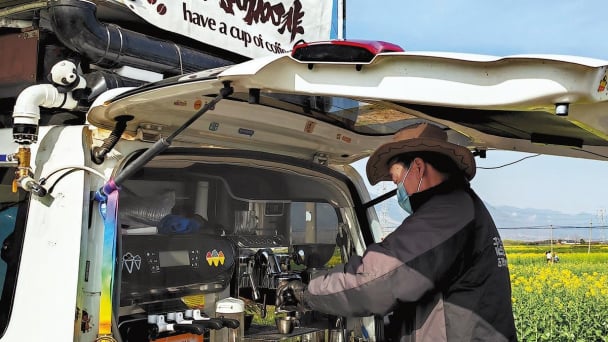
(VAN) The central authorities, in early April, released a 10-year plan for rural vitalization.
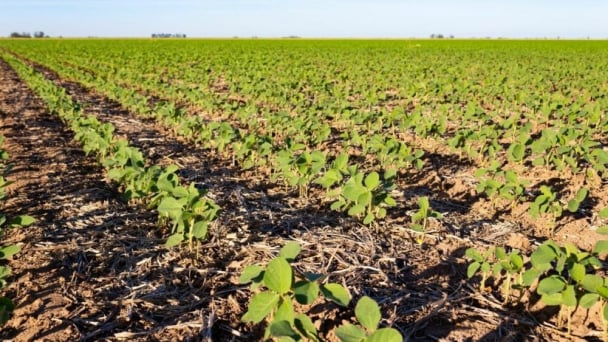
(VAN) Viterra marked a significant milestone in its carbon measurement program in Argentina, called Ígaris, reaching 1 million soybean hectares measured.